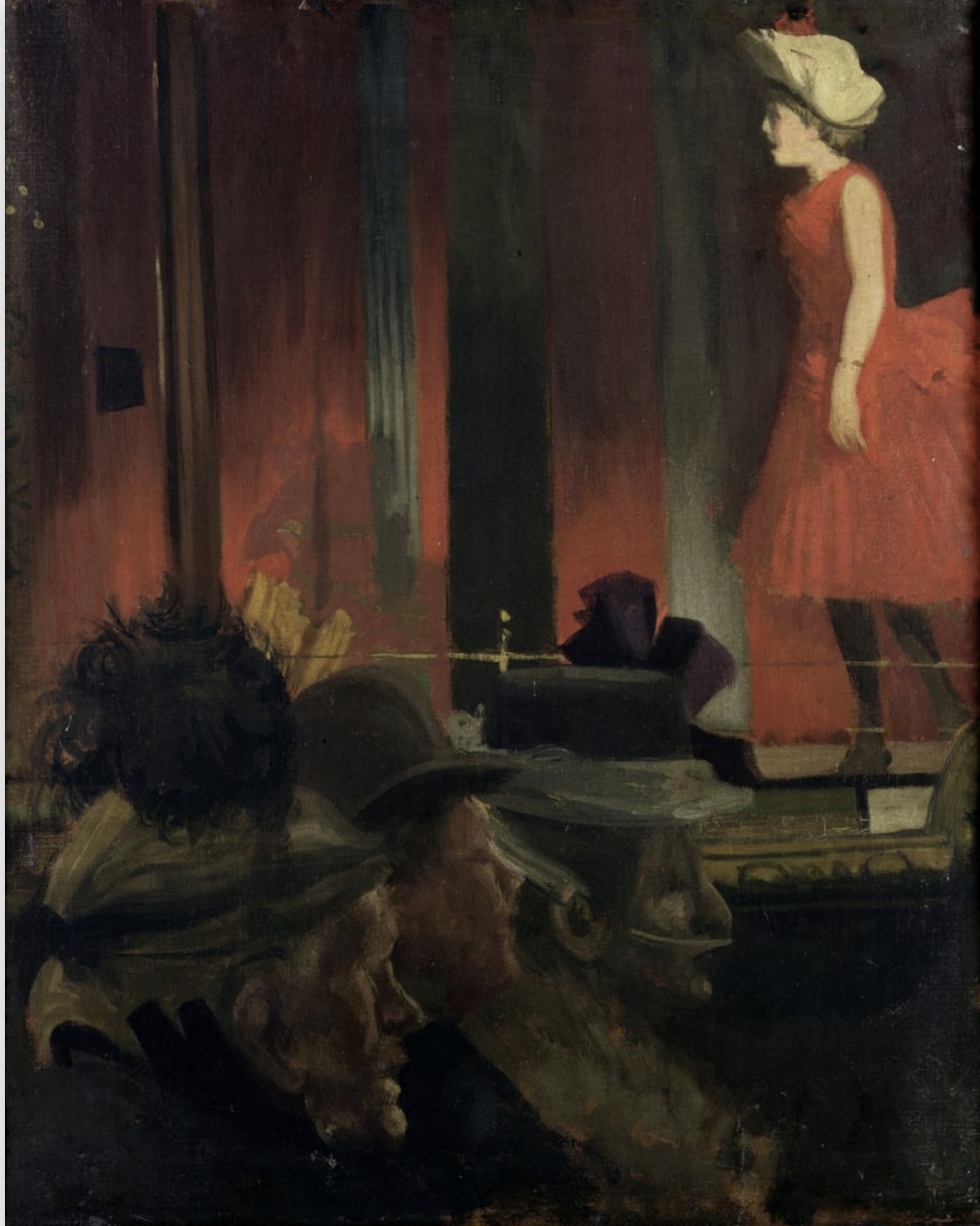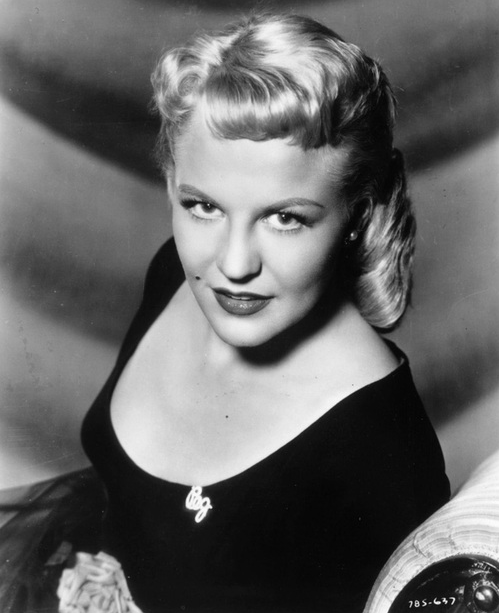‘Once Funny, Twice Silly, Three Times a Slap’: Comedy Requires Economy
Walter Richard Sickert The Music Hall, 1889
My first proper job after leaving university was as a Qualitative Market Researcher.
Initially I found the transition from discussing Socrates and Cicero to talking about baked beans and boilers a little uncomfortable. I was concerned that my career was not making proper use of a good education; that it was not entirely serious.
I felt particularly awkward around marketing jargon. At that time the world of research was very much concerned with user values and usage occasions; with KPIs, USPs and SWOT analyses; with brand personification, cognitive dissonance and calls-to-action.
At one presentation, when I was required to talk off a chart containing a few buzz-phrases, I muttered, sotto voce:
‘Well, that’s what it says here.’
I guess it was my way of signalling to the client audience that I wasn’t entirely committed to the vocabulary.
I was somewhat surprised when my remark prompted a few laughs.
And so, a little later in the presentation, I repeated the joke.
‘This script features the product as hero and as such it successfully communicates a great many core brand values… Well, that’s what it says here.’
However, my second quip didn’t elicit any amused chuckles, and I was subsequently taken to one side by my boss. He pointed out that what I imagined were wry asides actually betrayed a lack of confidence and undermined my credibility.
I learned my lesson.
I was reminded of this recently when I came across the novelist Sebastian Faulks quoting an old ‘nanny saying’: ‘Once funny, twice silly, three times a slap.’
A helpful aphorism.
Many of us in the world of work like to lighten our presentations with wisecracks and witticisms. Humour can charm an audience. It can enhance engagement and drive home a point. It can make a theme more memorable.
But I’ve attended many a pitch where the person holding the floor has taken advantage of the captive audience – indulging in too much droll embellishment and exaggeration. Some speakers over-egg the pudding, forgetting that their core objective is commercial, not comedic.
A good gag repeated has diminishing returns. And, in time, that joke isn’t funny any more.
As the old proverb goes:
‘Once funny, twice silly, three times a slap.’
Oh, sorry. I’ve said that already…
'But that joke isn't funny any more.
It's too close to home,
And it's too near the bone.
More than you'll ever know ...
I've seen this happen in other people’s lives
And now it's happening in mine.’
The Smiths, 'That Joke Isn't Funny Any More’ (J Marr / S Morrissey)
No. 443


